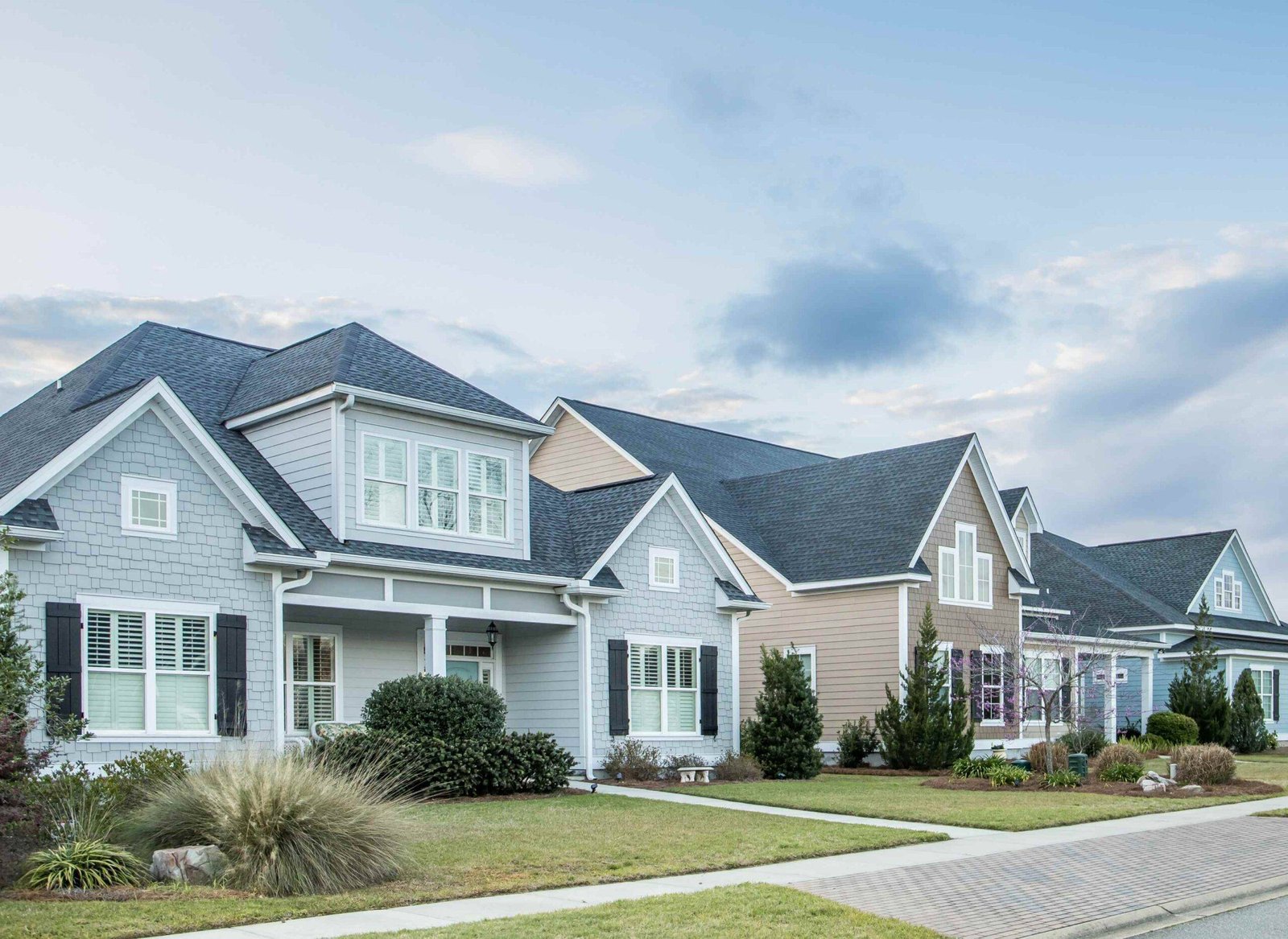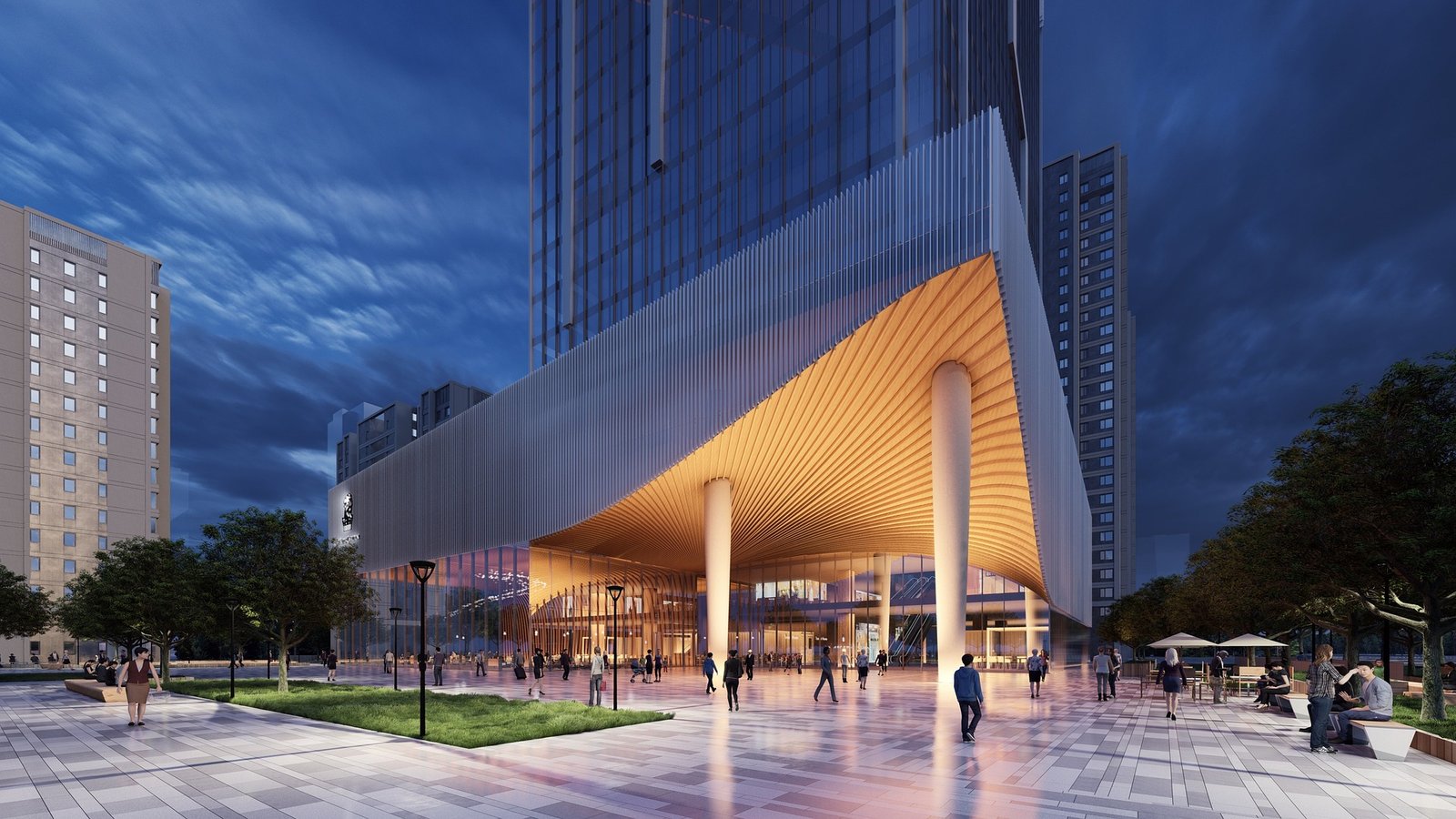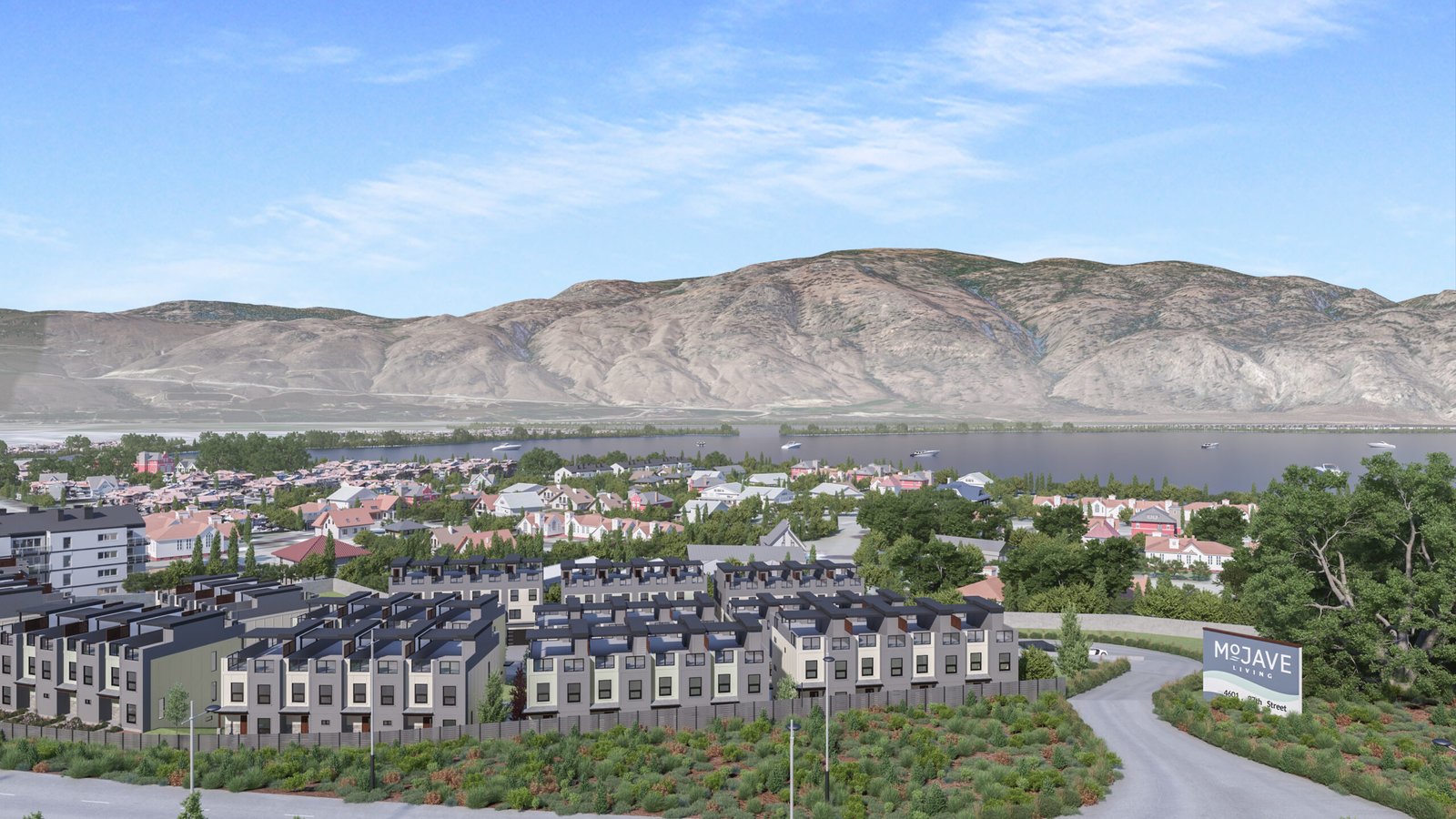When you first share a concept with clients—whether it’s a sleek urban loft or a coastal retreat, you might notice their eyes struggle to move beyond simple floor plans and black and white elevations.
It may seem that these technical drawings capture the design intent, yet they often fall short in conveying mood, materiality, or spatial flow.
That’s where 3d photorealistic imagery steps in.
At Build3dRender, we’ve guided architects and developers through every stage of the rendering process, from early schematic massing to final marketing assets.
On a recent mixed-use project, our 3d architectural rendering services delivered dusk-lit courtyard scenes that elevated the entire design presentation.
It appears that when stakeholders see a realistic image of their future environment, complete with bespoke furnishings, soft shadows, and seasonal landscaping, their questions shift from “What if?” to “When can we start?”
This deeper client engagement not only accelerates approvals but also reduces costly revisions, making high-quality visuals an essential component of any successful project.
In this blog post, we’ll share real-world experiences, user-first insights, and best practices for integrating photorealistic 3D rendering into your architectural and product design workflows.
By the end, you’ll understand why world-class firms rely on high-fidelity renders not as a luxury, but as an essential element in delivering design excellence.
1. What Is Photorealistic 3D Rendering?
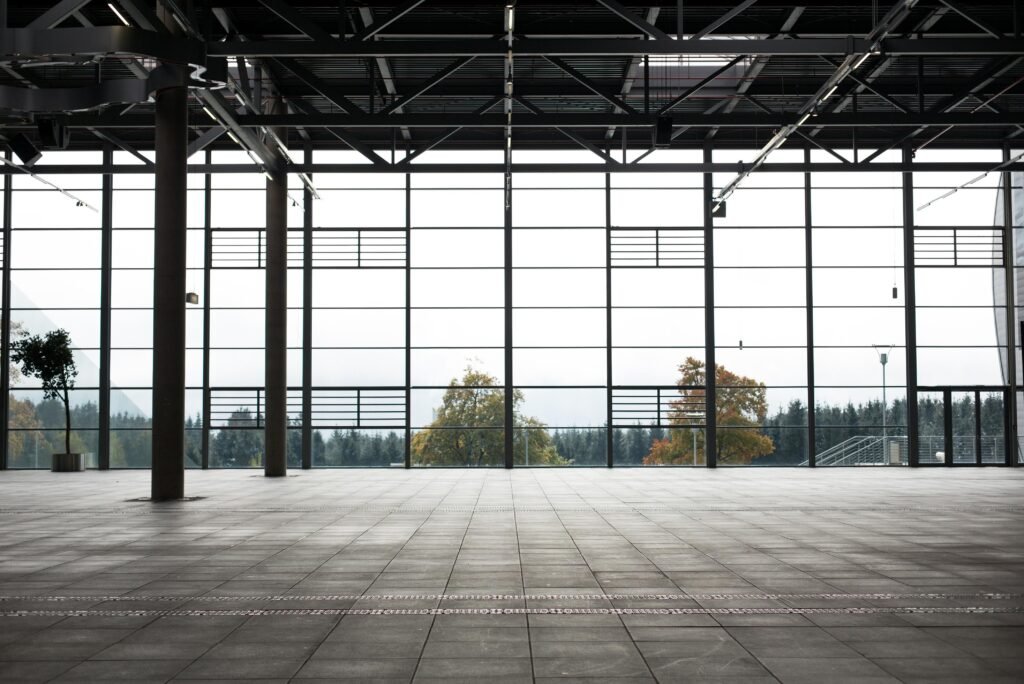
At its core, photorealistic 3D rendering uses advanced software to create images and animations that mimic real-world light, texture, and perspective so accurately that viewers often mistake them for photographs of an already built space.
Unlike conceptual or schematic renders, which may use simple color fills and generic materials, photorealistic outputs feature:
- Precisely calibrated material properties (reflection, roughness, subsurface scattering)
- Detailed context (landscaping, furniture, people, vehicles)
- Real-time or baked lighting simulations (global illumination, soft shadows, environment occlusion)
- Camera settings that replicate real-world optics (depth of field, lens distortions, motion blur)
It may seem that setting up these intricate details demands a steep learning curve—but in our experience, once your team adopts a consistent asset library and lighting presets, the process becomes remarkably efficient. And the payoff in design clarity and stakeholder buy-in often justifies the initial effort.
2. The Role of Rendering in the Design Process
2.1 From Conceptual Massing to High-Fidelity Visualization
Early in a project, you might sketch out building volumes in 2D or model quick massing studies in SketchUp. These tools excel at exploring spatial relationships and programmatic layouts.
However, when it comes time to evaluate materiality or assess the mood of an interior, conceptual visuals can fall short.
By introducing photorealistic 3D rendering at the schematic design or design development phase, you enable your team and clients to:
- Compare material palettes side by side (e.g., light vs. dark woods)
- Validate light penetration and shadows at different times of day
- Fine-tune façade articulation and contrast
- Explore furniture and fixture layouts in context
In one mixed-use tower project, our client suspected that a concrete panel finish would feel too cold in the lobby. By running two rapid render iterations—one with exposed aggregate panels, one with limestone cladding—they visualized warmth differences instantly, avoiding costly mock-up delays.
2.2 Accelerating Approvals and Reducing Revisions
When local planning authorities review flat elevations and line drawings, they often request dozens of clarifications:
“How does your building sit within this heritage context?” or “What impact will this roof overhang have on neighboring sightlines?”
High-fidelity renders can preempt these questions. It appears that when reviewers see a lifelike contextual view showing your building in relation to existing streetscapes, approvals proceed faster and revision rounds shrink by up to 50%.
3. Enhancing Client Communication
3.1 Building Emotional Connections
Design isn’t just about function; it’s about feeling. You may find that clients struggle to connect with technical drawings, but with photorealistic 3d rendering, they respond viscerally.
A glazed corner office overlooking a city skyline or a sunlit family kitchen surrounded by greenery becomes a living experience rather than an abstract concept.
One of our residential clients in Surrey told us:
“When I saw those first evening renders with the warm pendant lights reflecting on the marble island, I was ready to sign off on the design immediately.”
That enthusiasm translated into faster decision-making and a more aligned vision between architect, developer, and end user.
3.2 Facilitating Remote and Asynchronous Reviews
In today’s global workflows, stakeholders may span continents and time zones.
Static 2D PDFs can be cumbersome to annotate, and video calls don’t always capture the subtle interplay of light and material.
Interactive render platforms and cloud-based review tools allow clients to navigate 3D scenes at their own pace, flag comments directly on surfaces, and collaborate asynchronously.
It’s believed that these platforms can reduce meeting time by up to 30%, giving you more hours to focus on design rather than coordination.
4. Driving Design Precision and Validation
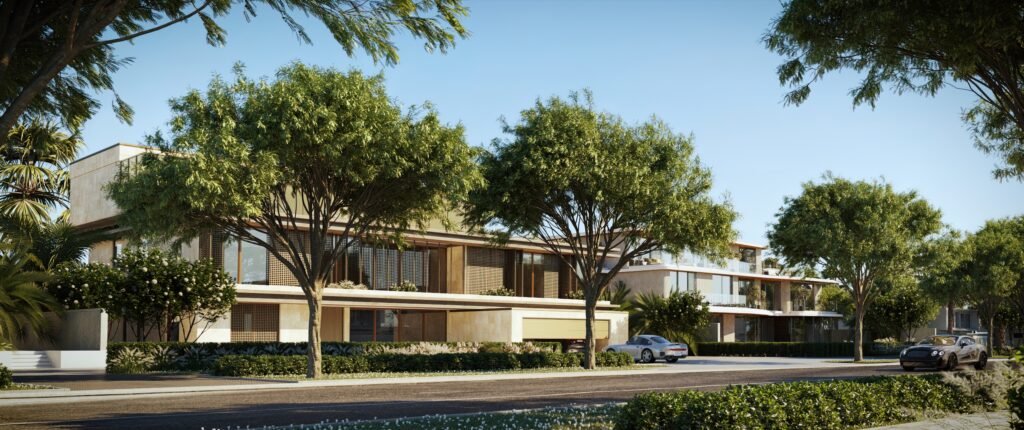
4.1 Material Authenticity Through PBR Workflows
Physically Based Rendering (PBR) workflows anchor photorealistic 3D rendering in real-world measurement.
You might load manufacturer-supplied texture maps—albedo, roughness, normal, displacement—and apply them directly to your models. This approach ensures that what you see in the render will look and perform similarly in the built environment.
We’ve helped furniture designers iterate quickly by swapping out PBR materials from our supplier library.
When they reviewed renders of two different upholstery fabrics under showroom lighting, they could make confident selections without physical swatches, shaving weeks off the sample-ordering timeline.
4.2 Light Studies and Environmental Simulations
Subtle changes in daylighting can dramatically affect occupant comfort and energy performance. With photorealistic 3D rendering, you can:
- Run sun-path analyses to visualize shadow patterns throughout the year
- Test interior daylight factors to optimize window placements
- Simulate artificial lighting schemes—warm vs. cool LEDs, pendant vs. recessed—to refine electrical layouts
On a recent school extension project, our daylight simulations revealed that a proposed west-facing clerestory would glare at desk height in summer afternoons.
By adjusting the glazing angle and adding a horizontal sunshade in the model, we resolved the issue in the virtual environment—preventing costly rework during construction.
5. Streamlining Collaboration and Revisions
5.1 Centralized Asset Management
A common pain point in distributed teams is asset sprawl: texture files, sky HDRIs, furniture models, all existing in disparate folders.
By standardizing your photorealistic 3D rendering pipeline with a shared asset library, you ensure consistency across multiple designers, offices, and projects.
At Build3dRender, we maintain a cloud-based repository organized by category—exteriors, interiors, vegetation, people cutouts—so every team member pulls the same high-quality assets, minimizing misaligned materials or outdated versions.
5.2 Rapid Iteration Through Template Scenes
Once you’ve dialed in your lighting rig, exposure settings, and render output templates, producing a new view often involves swapping geometry and hitting “render.”
It may appear that initial setup takes time, but over the life of a project—where you might generate dozens of views—these efficiencies compound, delivering remarkable turnaround improvements.
One commercial office project required 20 different view angles for marketing materials. By leveraging pre-configured scenes, our team cut average render-to-draft time from 48 hours to just 12 hours, meeting aggressive campaign deadlines without compromising quality.
6. Impact on Marketing and Stakeholder Engagement
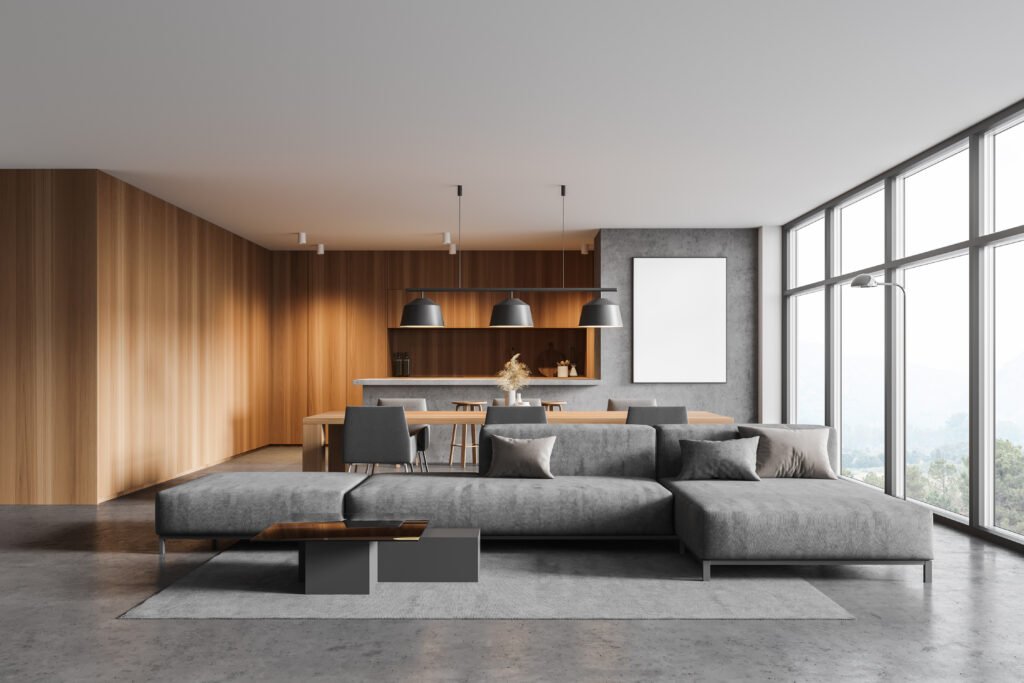
6.1 From Render to Real-World Marketing
When you hand over photorealistic stills and fly-through animations to your marketing department, they become powerful campaign assets.
Social media teaser reels, email campaigns, and print brochures all gain newfound credibility when they feature hyper-realistic visuals.
It’s suspected that listings showcasing photorealistic 3D rendering receive up to 60% higher engagement rates than listings using standard photography alone.
6.2 Enabling Off-Plan Sales and Pre-Leasing
Developers often rely on pre-sales and pre-leases to secure project funding. But selling off-plan can feel intangible to buyers.
Photorealistic renders and 360° virtual tours allow prospects to “walk” a space before it exists.
In one Build3dRender partnership, a luxury condominium in central London achieved 80% of presales within the first two weeks of release driven largely by an immersive VR experience that let overseas investors explore units at full scale.
7. Case Studies: Real Projects, Real Elevations
7.1 Boutique Hotel in New York
Challenge: The client needed to showcase a rooftop bar renovation in marketing materials without the scaffolding still in place.
Solution: We produced a series of photorealistic 3D renders illustrating sunset bar scenes—complete with glass railings, accent lighting, and animated crowd cutouts.
Outcome: The hotel reported a 35% increase in early event bookings, attributing much of the buzz to the vibrant renderings circulating on social and email channels.
7.2 University Library Expansion, Manchester
Challenge: Planning officers were concerned about the scale and material palette of a new wing.
Solution: High-fidelity contextual renders and a short animation highlighted how the stone façade blended with existing campus buildings, while interior light studies demonstrated user comfort in reading areas.
Outcome: The project passed through committee with minimal commentary, saving three months of back-and-forth amendments.
7.3 Retail Flagship Store, Delaware
Challenge: The brand needed a compelling launch campaign for their new flagship store, set to open in a historic building requiring sensitive interior interventions.
Solution: Our 3d team delivered photorealistic 3d interior and exterior renders, along with a branded animation showing charity event activations in the store atrium.
Outcome: Marketing teams leveraged these assets for press releases, digital ads, and in-store displays—driving 40% higher footfall during the opening weekend compared to projections.
8. Choosing the Right Rendering Partner
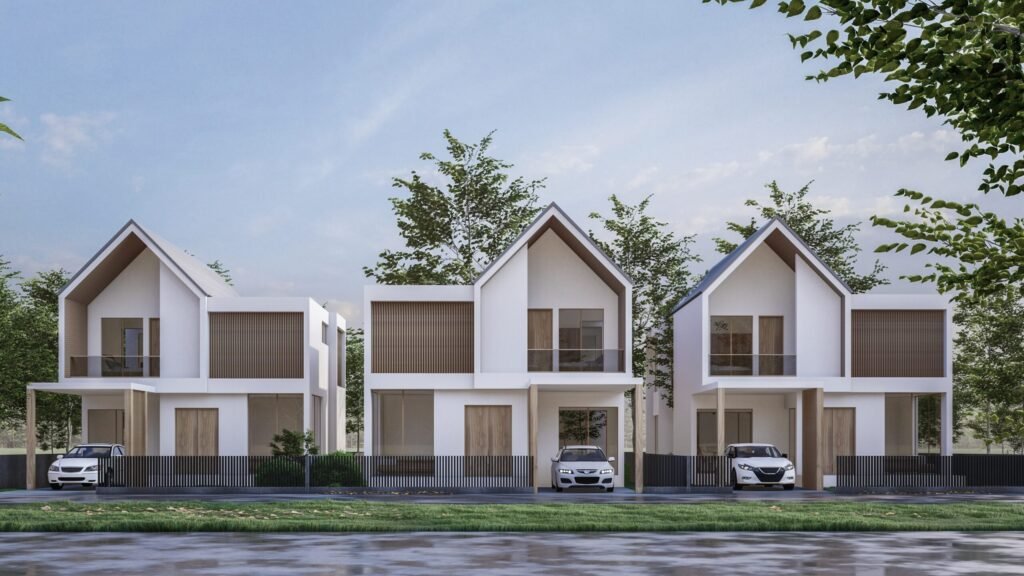
Selecting a rendering company is about more than just price per image. Consider:
- Technical Expertise: Do they specialize in architectural visualization, product rendering, or VFX?
- Portfolio Alignment: Have they delivered projects similar in scale and style to yours?
- Workflow Integration: Can they plug into your BIM/CAD systems and review platforms?
- Communication Style: Do they offer regular check-ins, clear milestone tracking, and transparent estimates?
At Build3dRender, we pride ourselves on a collaborative approach: early project workshops, milestone-based pricing, and an open cloud portal where you can monitor progress and leave feedback in real time.
9. Measuring ROI: Value Beyond the Visual
You might wonder whether investing in photorealistic 3D rendering truly delivers returns beyond aesthetics. Our clients report benefits such as:
- Reduced Approval Times: Up to 50% faster planning and stakeholder sign-off.
- Higher Conversion Rates: 30–60% uplift in marketing engagement and pre-sales inquiries.
- Lower Change-Order Costs: 15–25% fewer on-site modifications due to early clash and design validation.
- Enhanced Brand Perception: Premium visuals reinforce your reputation for quality and innovation.
While initial render fees may seem significant, the aggregate savings in time, rework, and accelerated sales often outweigh the cost—making rendering an investment rather than an expense.
Conclusion: Photorealistic 3D Architectural Rendering
As you weigh the benefits of investing in photorealistic images, consider how a single, striking render can transform your project timeline. It is believed that early incorporation of photorealistic rendering can cut design-review cycles by up to 50%, as reviewers respond more quickly to immersive, lifelike scenes than to abstract line drawings.
From refining material selections in a luxury penthouse to showcasing a retail flagship store in its urban context, the power of 3d high-quality visuals extends far beyond aesthetics, fueling marketing campaigns, securing investor confidence, and streamlining construction documentation.
If you’ve ever wondered whether 3d rendering services truly deliver ROI, our experience suggests that the answer lies in client satisfaction and project momentum.
It may seem like an added expense at first glance, but photorealistic imagery often pays dividends in faster approvals, stronger bids, and memorable marketing assets.
Ready to elevate your next design presentation with truly realistic images?
Reach out to Build3dRender today, and let’s explore how our collaborative rendering process can bring your vision to life and propel your projects, and your clients’ excitement, forward.
FREQUENTLY ASKED QUESTIONS
What is photorealistic 3D rendering and why does it matter?
It’s the craft of generating digital images so lifelike they blur the line with a real photo—capturing accurate lighting, textures, and materials. It lets clients truly see your design, enjoying clarity and emotional connection, rather than just interpret blueprints.
Do photorealistic renderings save time and money during projects?
Definitely. Detecting possible design slip-ups early in the digital model helps avoid expensive on-site changes—and most clients make decisions quicker when they clearly see the outcome.
How does photorealistic rendering improve communication?
By visualizing your design from different angles and under varied lighting, it removes guesswork and ensures stakeholders understand your vision in one look—no endless meetings needed.
How realistic can photorealistic renders get?
When done well, nearly indistinguishable from photos. Advanced rendering engines, textures, and lighting mean even professionals might need a double-take.
Can photorealistic rendering actually speed project approvals?
Absolutely. When decision‑makers see a clear, accurate visual impression, they approve faster. Fewer questions, less back-and-forth—it keeps your project moving.

